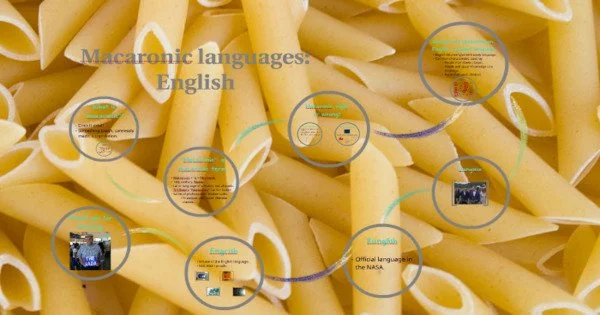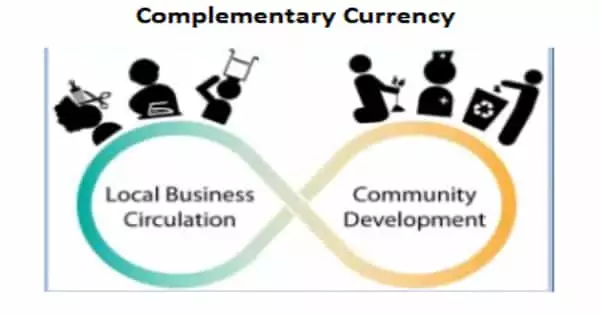Any expression employing a mixture of languages, particularly multilingual puns or instances in which the languages are otherwise employed in the same context (rather than just discrete pieces of a text being in distinct languages), is referred to as macaronic language. It is a linguistic phenomena in which two or more languages or dialects are purposely mixed together within the context of a single dialogue, sentence, or even word. This blending of languages can serve a variety of objectives, including humor, satire, creative expression, or just allowing multilingual people to interact effectively.
The habit of moving between languages or dialects during a discourse is common in macaronic language. Words that are hybrid are effectively “internally macaronic.” Code-switching is the use of more than one language or dialect within the same discussion in spoken language. Macaronic Latin, in particular, is a jumbled jargon composed of vernacular terms with Latin endings or Latin words blended with vernacular words in a pastiche (see dog Latin).
The word macaronic is derived from the Neo-Latin macaronicus, which is derived from the Italian maccarone, or “dumpling,” which is considered coarse peasant fare. It is often disparaging and applied when language mixing has a comic or satirical intent or impact, but it is sometimes applied to more serious mixed-language literature.
Macaronic language can take many forms, including:
- Code-Switching: Speakers alternate between two or more languages in the same conversation. This is common among bilingual or multilingual individuals.
- Interlexical Mixing: Words or phrases from one language are inserted into sentences or conversations primarily conducted in another language.
- Intrasentential Mixing: Within a single sentence, words or phrases from different languages are combined.
- Literary or Poetic Use: Writers and poets may use macaronic language as a literary device to convey specific themes, create wordplay, or evoke cultural contexts.
- Humor and Satire: It can be used for comedic effect or satire, especially when it highlights the absurdity of mixing languages.
For example, in his work “Finnegans Wake,” the famed poet James Joyce employed macaronic language to merge numerous languages, dialects, and wordplay to create a unique and complex reading experience. Overall, it is a versatile language instrument that can be used for a wide range of goals, including artistic expression, humor, and cultural representation.
















